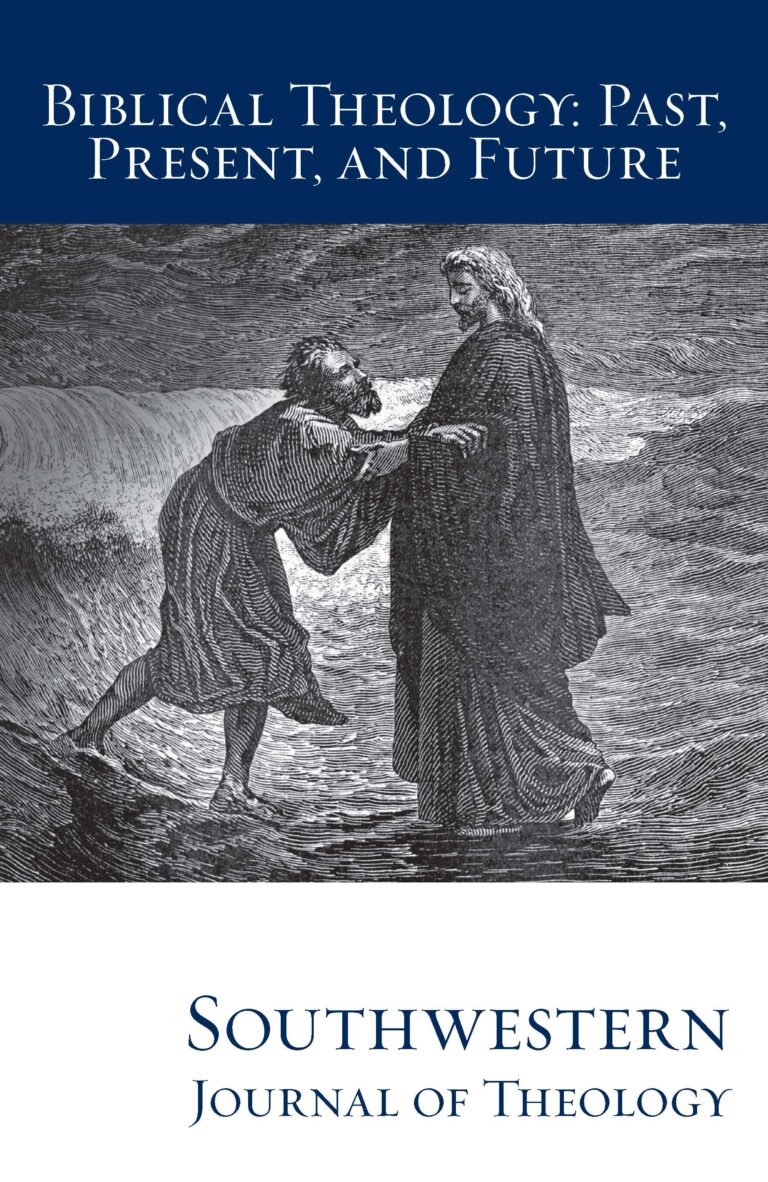
Biblical Theology: Past, Present, and Future (II)
Southwestern Journal of Theology
Volume 56, No. 1 – Fall 2013
Managing Editor: Terry L. Wilder
By Herman Bavinck. Edited and Abridged by John Bolt. Grand Rapids: Baker Academic, 2011. 848 pages. Hardcover, $59.99.
Abridging the work of a theological giant is a daunting task. Critics of the art of abridgment will invariably argue that what is cut entails a loss of substance that the virtue of brevity cannot overcome. In this volume, John Bolt attempts to present the core of Dutch Reformed theologian Herman Bavinck’s major work. Having recently translated the four volumes of Reformed Dogmatics into English, Bolt is uniquely suited to this task and undertakes it with a deep respect for and familiarity with Bavinck’s classic work.
In his abridgement, Bolt seeks to provide an “outline” of Reformed Dogmatics that will capture the heart of the original and aid readers in catching the flow of Bavinck’s theology. Before each chapter in his previous translation, Bolt provided a précis that outlined the content and flow of the subsequent section. These editorial reflections became the building blocks for this “one-volume summary of Bavinck’s theology” (xi). In this task, Bolt strives “to preserve Bavinck’s own voice, even his own words, keeping [Bolt’s] transitions and paraphrases to a minimum” (xi). He hopes that “even the most attentive readers will hear only Bavinck’s voice throughout” (xi).
In order to achieve this condensed version, Bolt has added editorial footnotes that provide “additional historical comments when reductions in the text make them necessary, illustrative references to contemporary thinkers and issues under discussion in the text, and updated bibliographic material” (xii). These footnotes are the method Bolt uses to orient readers to the content that was omitted from the larger volumes. Bolt also develops some of Bavinck’s citations and clarifies historical matters mentioned that might confuse/mislead uninformed readers. These editorial notes are typically complementary to Bavinck’s positions. In the few cases where there is a contrast between an editorial comment and the main text, Bolt clearly marks this in his note. For example, in the discussion of the mode and manner of Baptism, Bavinck’s text reads, “Apart from Baptist churches and mission fields, most now know baptism almost exclusively as infant baptism” (667). Bolt comments in a footnote that “while this may have been true in Bavinck’s day, it clearly is not true in the third millennium thanks to the explosive growth around the world of evangelical Pentecostalism” (667n46). Again on Baptism, Bavinck states that “because of the rapid expansion and ordinary occurrence of adult baptism in the first and second centuries of the church, direct witness to infant baptism is lacking until the time of Tertullian” (670). Bolt notes, though, that “this judgment may be in error thanks to new historical evidence” (670n51). He then points to Joachim Jeremias’ volume on Infant Baptism in the First Four Centuries (London: SCM, 1960). Sometimes, too, Bolt adds a citation or expands on a reference that Bavinck originally omitted (e.g., 542n51). On the whole, Bolt’s notes are unobtrusive and enhance the volume’s usefulness to contemporary readers.
Most of the material Bolt omits consists of Bavinck’s extensive interaction with historical figures and his historical theological reflection. While many would consider this unfortunate because historical theology is one of Bavinck’s contributions, Bolt’s goal is simply “to reduce the amount of detail without sacrificing the important concreteness of Bavinck’s discussion” (xii). Instead of including Bavinck’s extended interaction, for example, Bolt might list which theologians Bavinck cited in the original (see, e.g., 530n17). In doing so, Bolt reduces the work from 58 chapters to 25, and 3,000 plus pages to just below 800. He also transfers some sections to others in order to streamline the topics and mirror the “classic order of Protestant Orthodoxy” (xii; e.g., the section on providence is rearranged, see 297n104). Serious readers of Bavinck will still want to have the four volumes of Reformed Dogmatics on hand for reading and reference. To facilitate this cross-referencing, Bolt has helpfully maintained the bracketed section numbers of the translated volumes. In his editorial work, Bolt consistently takes “whole sentences and even paragraphs directly from the larger work but [rearranges] them to fit a new, abridged, narrative structure” (xiii). The result is a volume that is not quite Bavinck and not quite Bolt. However, as a gateway into Bavinck’s theological framework and approach to the task of systematic theology, Bolt’s Bavinck retains a distinctive voice that has considerable value and will serve well readers who lend him an ear.





